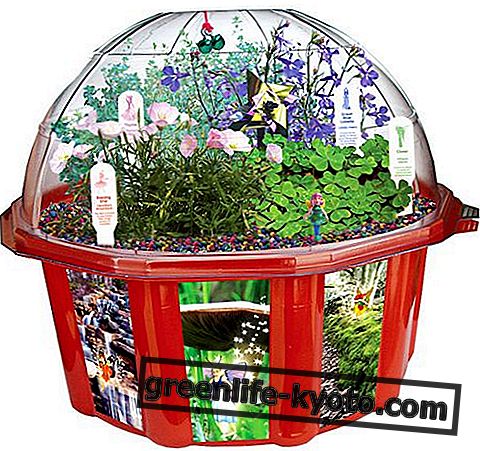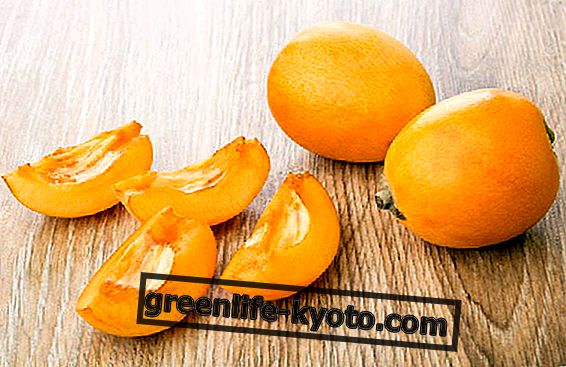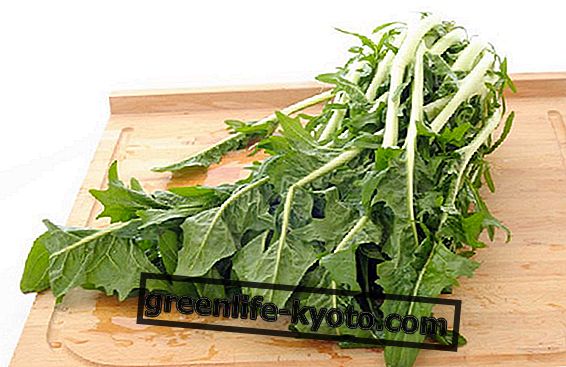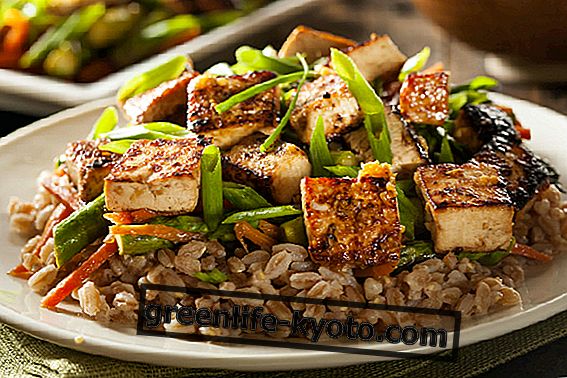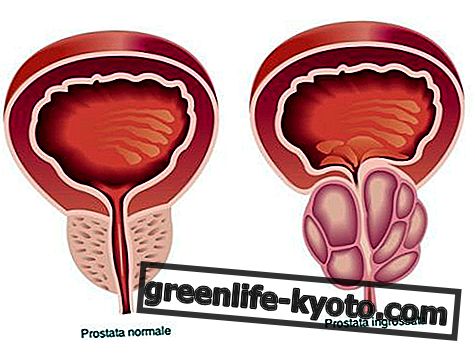
You find them on country paths and infest cultivated fields, they are often not very popular with farmers because they damage and take the place of other crops.
Here is the identikit of weeds: a derogatory name for those that could become ingredients of an alternative and yes, even beneficial lunch: not all of them certainly, but some weeds are actually edible, and not only: they also have therapeutic virtues and are often used in herbal medicine.
Dandelion
It is one of the best known and most widespread weeds : in fact, it is found along all the fields of the boot, on the edges of flat roads as well as on the mountain ones.
The dandelion is edible in all its parts: from the leaves, to the flowers, up to the roots. The tenderest leaves are excellent raw in salads, but also boiled and seasoned with oil and vinegar; the flowers instead are delicious if preserved in vinegar or in oil, or they become a beautiful decoration for desserts.
Lampagione
The lampascione or lampagione is a plant widespread in the Mediterranean regions. The root is a bulb rich in mineral salts and is similar to a small onion with a bitter taste, the basis of many dishes especially in the kitchens of Basilicata and Puglia.
How to taste this weed ? In oil or vinegar!
The bulbs are put in water and white vinegar (in equal quantities), then boiled for about three minutes. Bay leaves and peppercorns are added. They are drained and new laurel and new pepper are placed inside small pots. They are covered with extra virgin olive oil with a not too marked taste.
With the same method they can be preserved in vinegar, or, just as is done with capers, in salt.
Finally, in omelettes as a substitute for the more domestic onion or together with some herbs.
Milk thistle
It is a plant widespread in Italy and in the south.
In the kitchen the milk thistle uses the young central shoots, both raw, shredded in the salad, and cooked. The flower receptacles, collected before flowering, cleaned from the thorny bracts are cooked like the bottoms of the artichoke.
Nettle
Known by all for its irritating power, it is very common in every place, from the sea to the mountains. In reality what for us is a bad weed has remarkable therapeutic properties and can be widely used in the kitchen.
Nettles are used preferably young and tender leaves, boiled and seasoned, alone or with other herbs, in soups, risottos, omelettes, as a filling for ravioli or in the famous nettle gnocchi.
Poppy (Papaver rhoeas)
A true pest of wheat fields, the poppy is a very common plant present almost everywhere, from the plains to the low mountains. The leaves and young shoots of this plant are used, boiled and seasoned like spinach, they taste great! The young and tender shoots can be eaten raw, seasoned with oil and lemon, cooked in risottos or breaded and fried.
Finally, remember that even plants like elderberry, butcher's broom, borage and mallow are edible and full of beneficial properties, try it!
From the Editors of Yeslife.it




